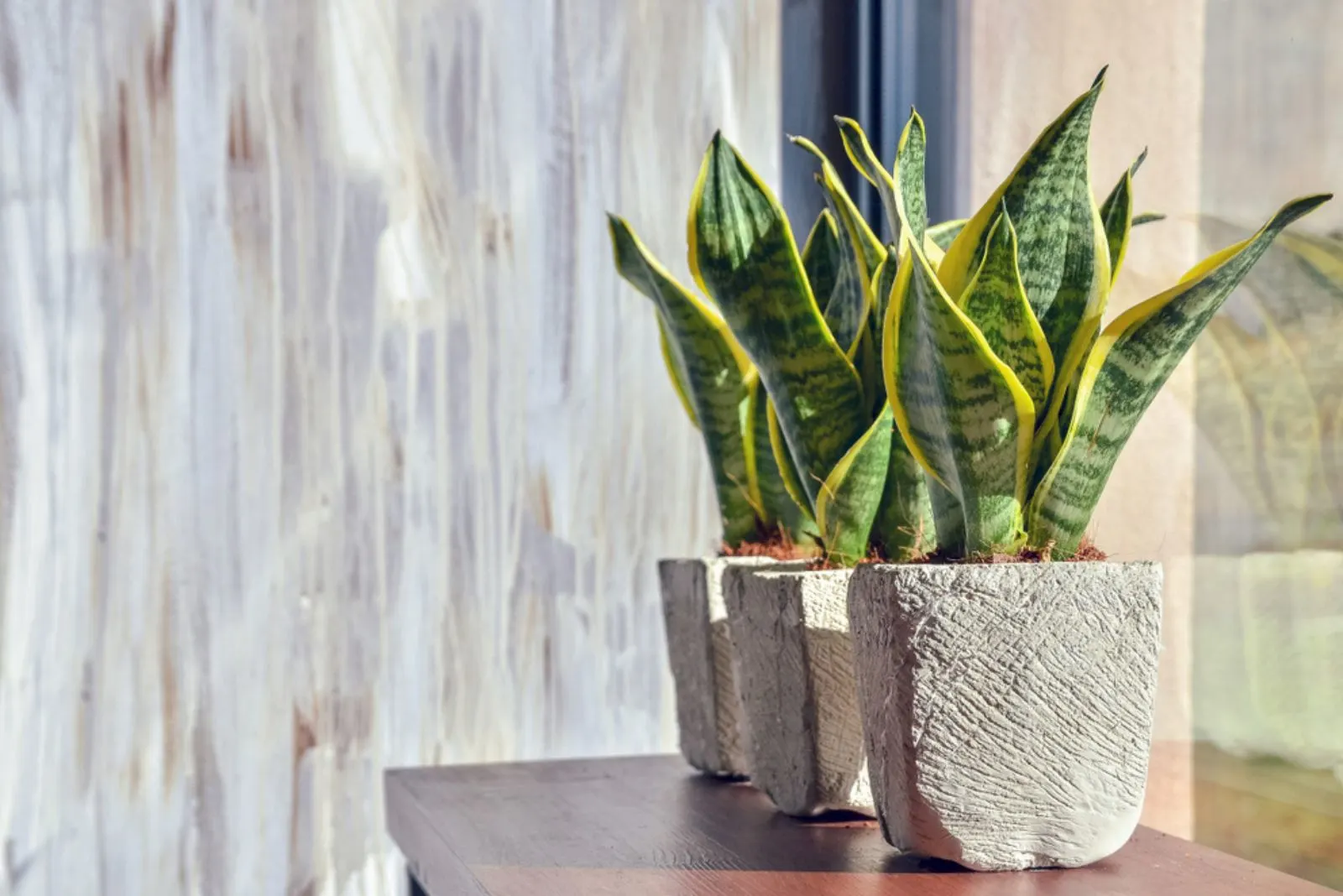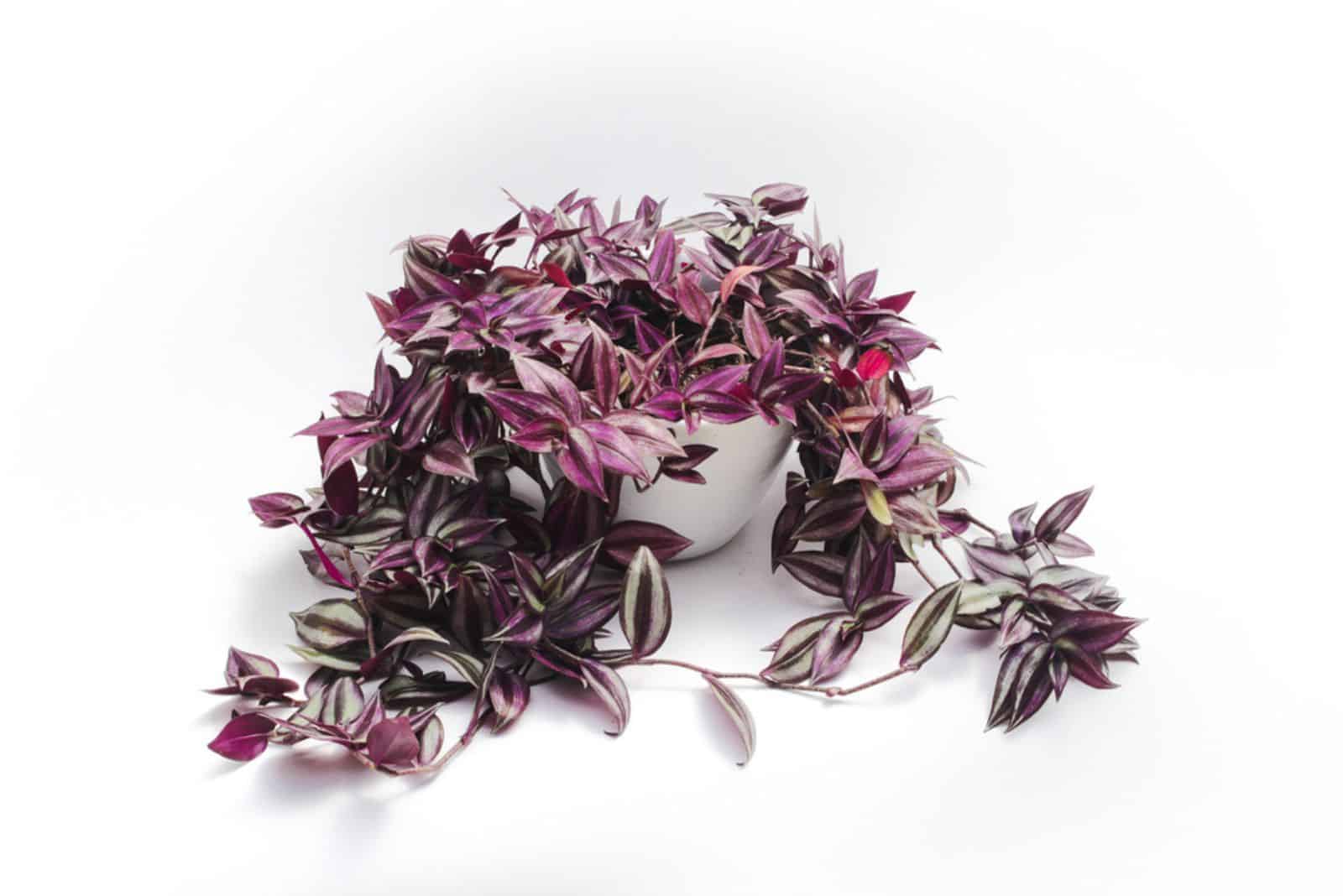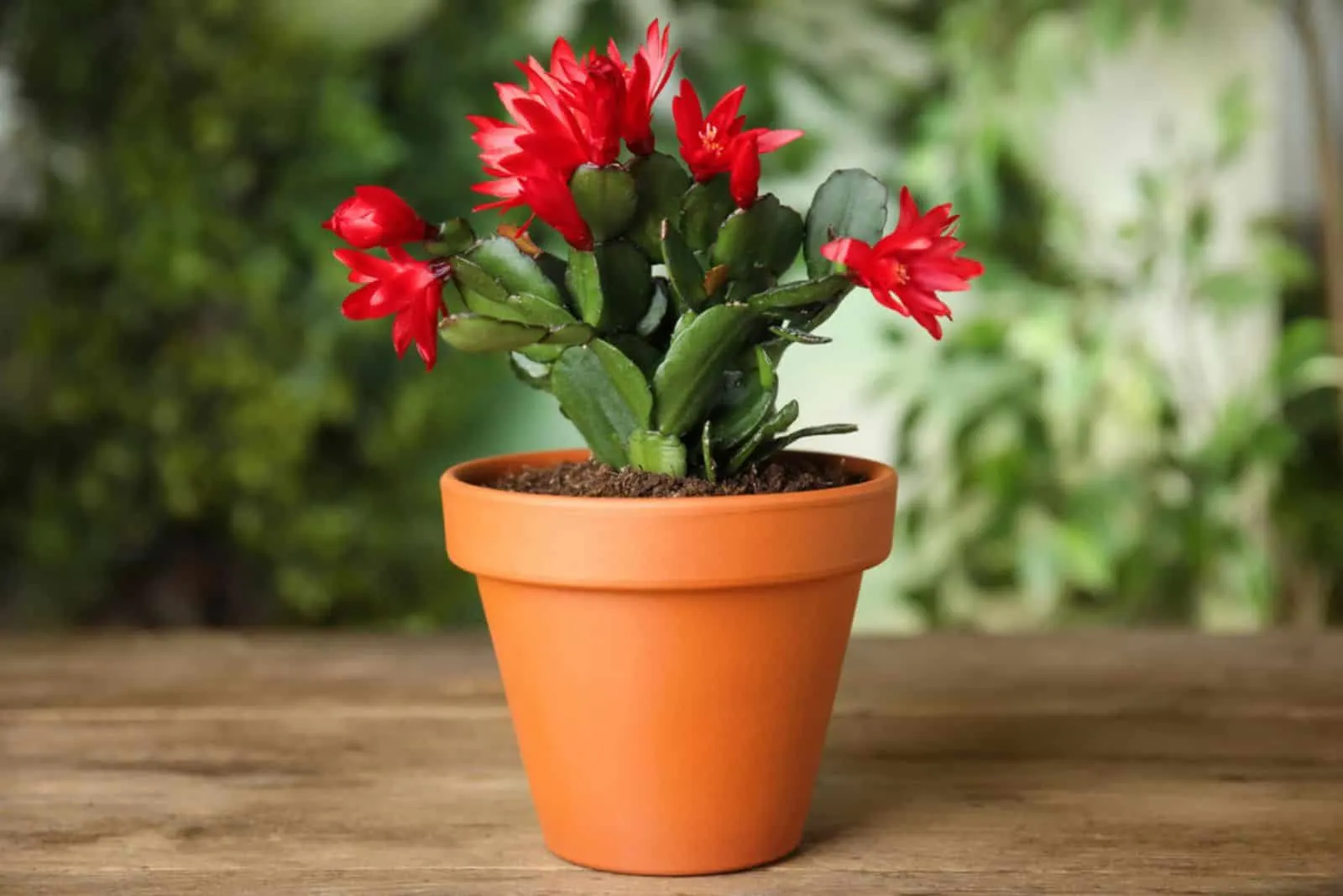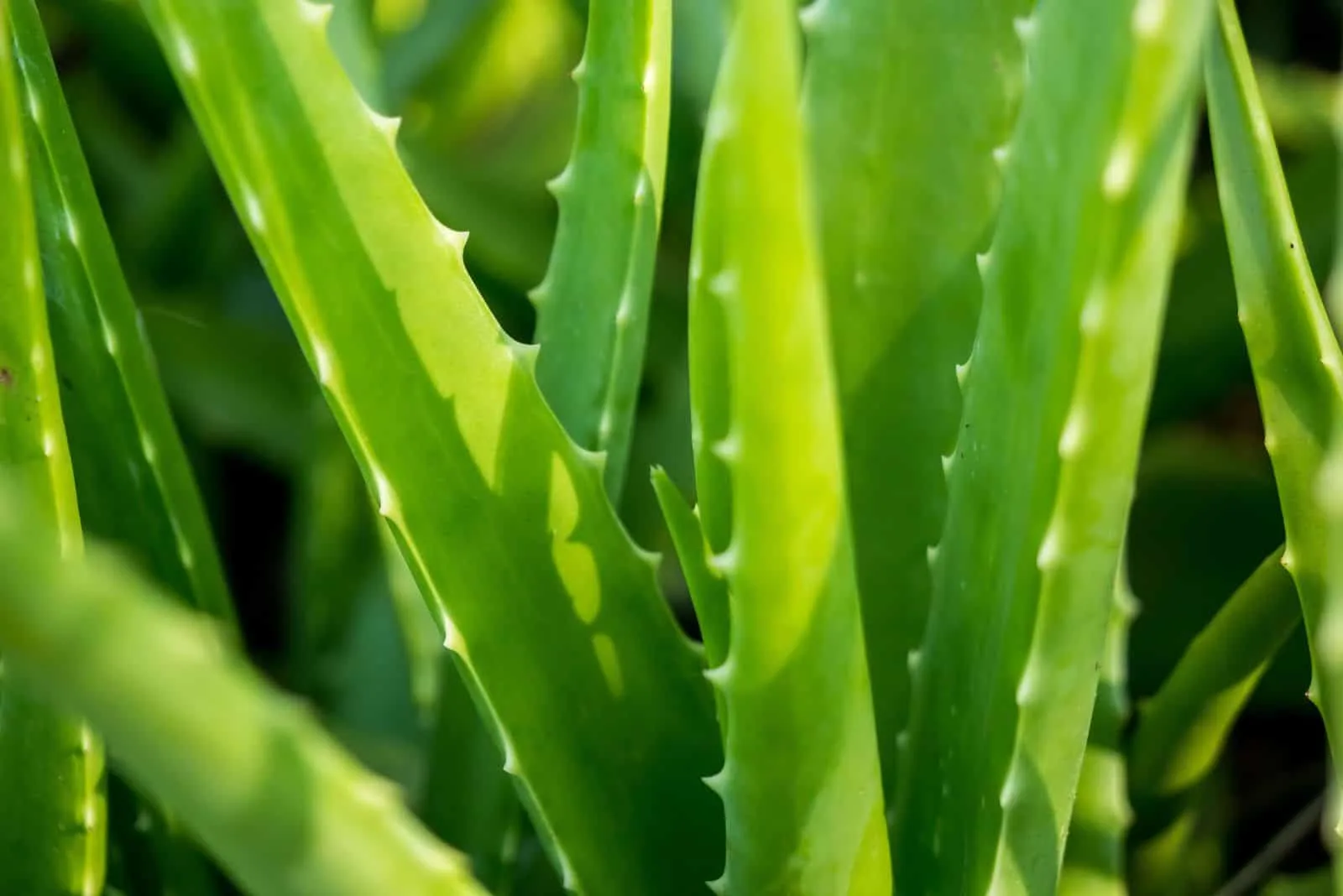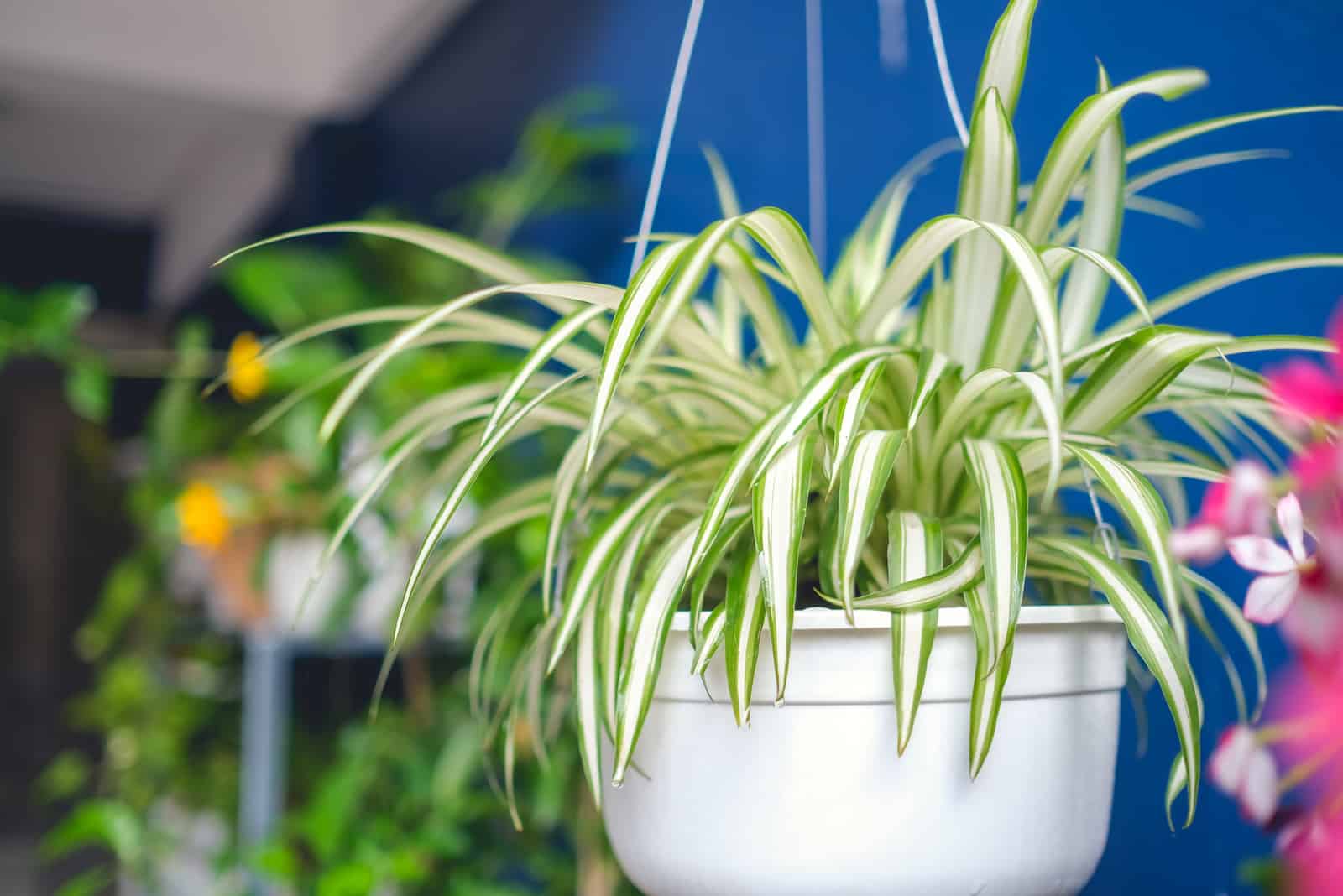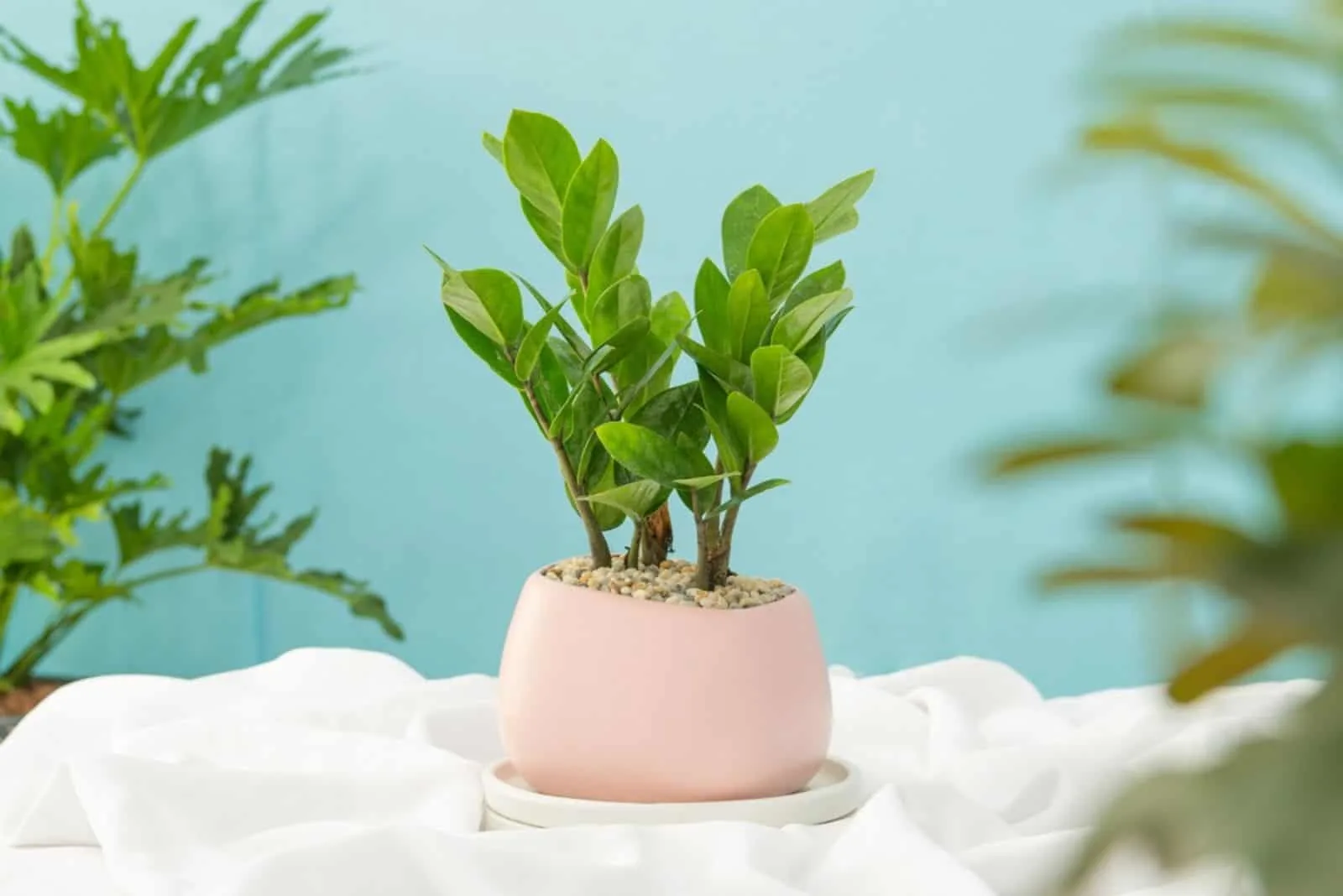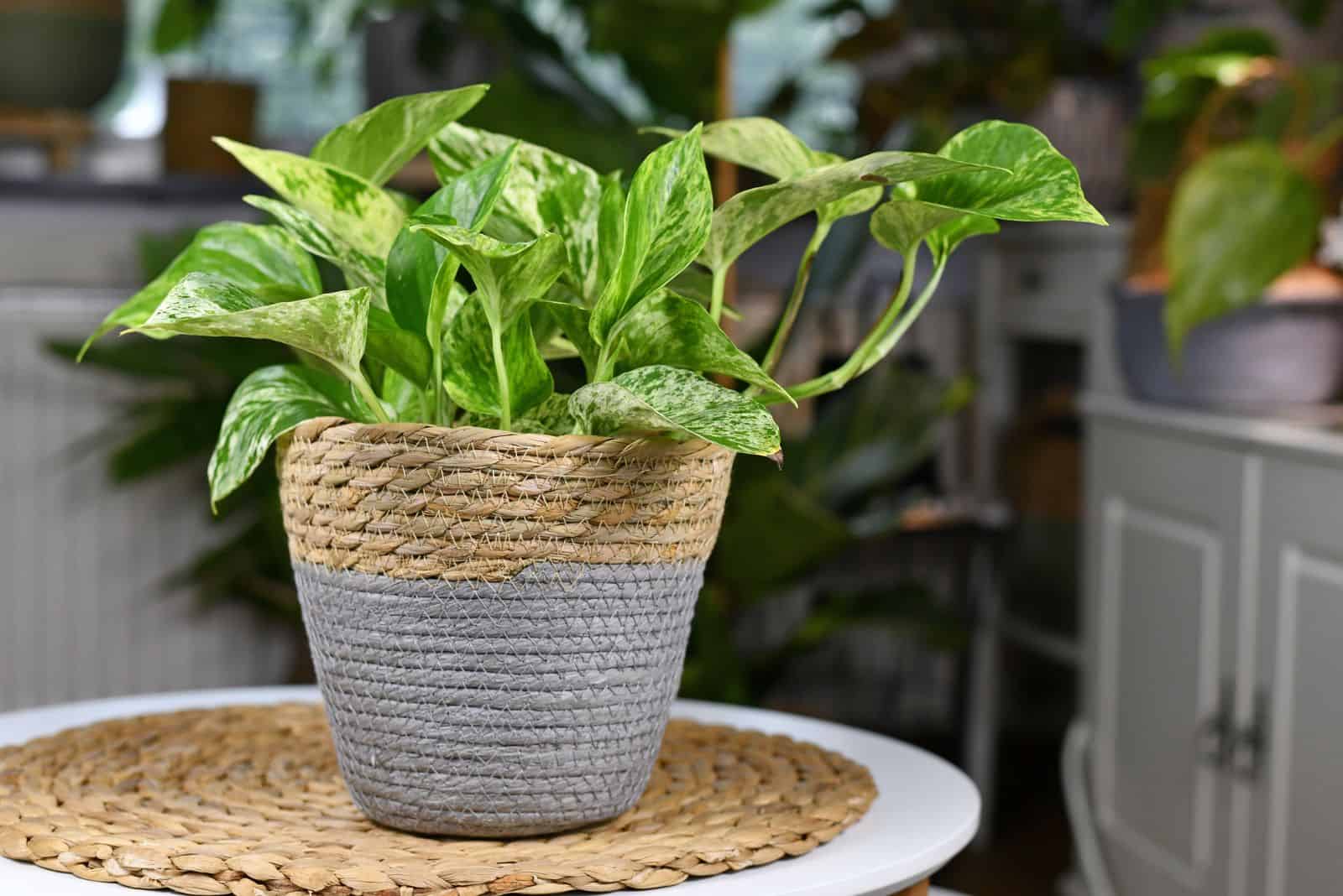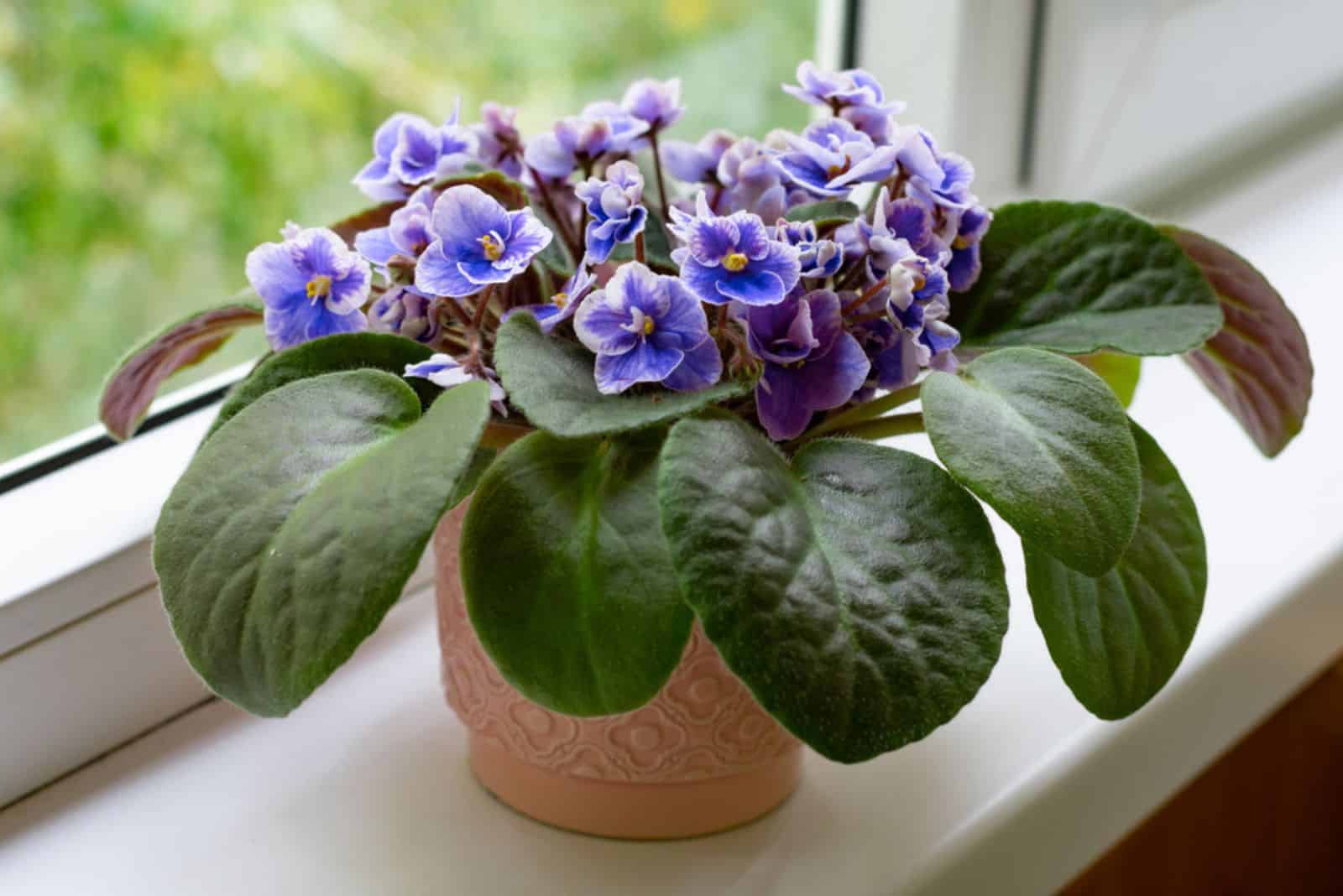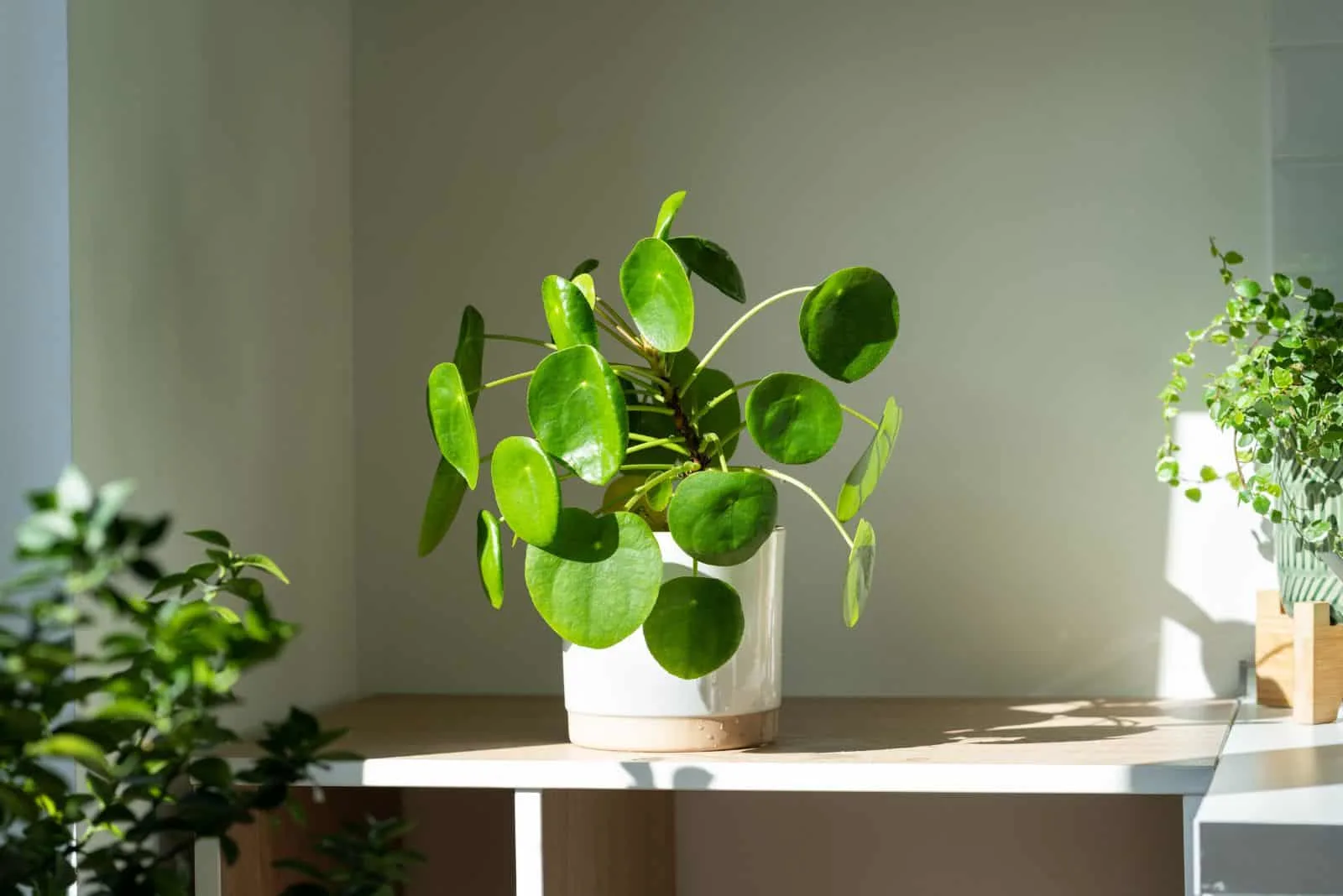Propagation is a fun and cost-effective way to expand your houseplant collection. One of the most satisfying aspects of indoor gardening is propagation, which involves creating new plants from existing ones.
While some plants are difficult to propagate, there are many easy-to-propagate houseplants that even beginner gardeners can enjoy. With just a little bit of knowledge and some patience, you can quickly grow your collection of beautiful and healthy houseplants without breaking the bank.
Stay tuned to learn more about propagation and some plants that are easy to propagate!
Quick Propagation Tips
Even though propagation might seem complicated in the beginning, once you get the hang of it, it’s going to be a piece of cake!
First you have to choose a parent plant that is healthy. Take cuttings early in the day when the plant is fully hydrated, and make sure that the cutting is grown in appropriate growing conditions. In most cases, this includes keeping the cutting nice and warm, and giving it just enough water to keep it moist.
Let’s discuss this in more detail!
Decide Between Water And Soil
You can decide whether you want to go with soil or water propagation. Both the water and soil propagation methods have their pros and cons. For instance, if you decide to go with water propagation, you will be able to see the roots as they develop.
However, you will have to change water regularly to prevent mold from devouring your stem cutting. In addition, your new plant might have a hard time transitioning from water to soil.
If you decide to grow the cutting in soil, make sure that it’s the right soil type (usually well-draining) and water it regularly to keep it moist.
You should also take into consideration the kind of cutting that you are using – stem cuttings can be rooted in water or soil, but leaf cuttings often root best in soil.
Choose The Best Propagation Method
There are many plant propagation methods that you can try. However, it’s important to choose the best one for the specific plant you want to propagate. When it comes to houseplants, they are usually propagated through leaf or stem cuttings.
Always choose healthy plants and make sure that the cutting has nodes.
Keep It Clean
Maintaining a clean and sterile propagation environment is crucial for successful propagation. Start by using clean, sharp tools to take cuttings, and avoid using tools that have been exposed to pests or diseases.
You can use cotton balls and rubbing alcohol to clean your propagation tools. Do this before and after propagating. Finally, make sure to keep the area around your propagation container clean and free of debris to prevent any unwanted pests or diseases.
Houseplants That Are Easy To Propagate
Before we dive into this subject, I just wanted to mention how important patience is when it comes to propagation. Mastering propagation takes time and energy, and not every attempt is going to be successful. It’s important that you keep trying even if you fail.
1. Snake Plant
Snake plants are one of the easiest plants that you can grow. That being said, they are also one of the easiest plants to propagate. In fact, they even do it themselves!
These plants actually produce tiny pups, or offsets, that can develop into a brand new plant. Pups grow around the base of the plant. You can take these out without disturbing the parent plant.
After being cut from the parent plant, rinse the offset to remove the soil then give it a day or two to heal. Plant it in light, well-draining soil (you can use cactus potting mix).
Another snake plant propagation method is using leaf cuttings. Choose a healthy leaf and make a cut near the soil line. You can separate your snake plant into a few sections if it is mature and has larger leaves, and then root each section separately.
2. Inch Plant
The Tradescantia, Wandering Jew, or Inch plant (that’s a lot of nicknames!), is a low-maintenance houseplant that produces striped purple leaves.
The name “inch plant” comes from the fact that there is a joint on the stem every inch or so. These joints each contain cells that will develop into roots and is the reason why inch plants are so easy to propagate.
Take stem cuttings that are 4-6 inches long and place them in a container of water or damp soil to grow a brand new inch plant. Once roots have formed, transfer the cuttings into their own pots while keeping them in bright indirect light and at a constant moisture level.
3. Christmas Cactus
The Christmas cactus, otherwise known as Schlumbergera, is a popular holiday plant that produces vivid and colorful blossoms. However, this is not the only reason it’s so popular – they are also one of the easiest plants to propagate.
This cactus has separate segments instead of regular leaves, and each segment has reproductive cells where new growth takes place.
Take stem cuttings from a Christmas cactus that are 2-3 segments long, and give them a few days to callus over. The cuttings should then be planted in damp soil and kept in a warm, bright area with indirect light.
Root development might take many weeks, so be patient and keep the soil constantly moist but not soggy. You can mist the plant regularly to help.
4. Aloe Vera
With health benefits such as lowering blood sugar levels and wound healing, who wouldn’t want to have as many Aloe veras as possible?
Similarly to Snake plants, these succulents also produce pups that can be easily removed from the parent plant. Once you remove the pup, let it dry for a day or two. Then plant the offset in a well-draining potting mix and place it in bright indirect light.
Allow the soil to dry out between waterings and avoid overwatering. In most cases, an overwatered Aloe leads to root rot, a fungal disease that can completely ruin your plant.
5. Spider Plant
Here is yet another plant that can propagate itself!
With their beautiful ribbon-like green leaves, and immaculate air-purifying properties, spider plants are all time favorites among beginner and experienced gardeners alike. These fast-growing plants produce so-called spiderettes, which are like miniature versions of a plant that grow around its base.
You can leave them to grow if you want to have a bushier spider plant, or you can take one out and grow it in a new pot. If you want to grow a new plant, it is crucial that the spiderette has developed a node.
Simply remove it from a parent plant and plant it in well-draining soil. Keep your new baby plant in bright indirect sunlight and watch it grow!
6. ZZ Plant
The ZZ plant, otherwise known as Zamioculcas zamiifolia, is a hardy plant with dark and shiny green leaves that can tolerate low light and infrequent watering. These plants are easily propagated by separating their tuber-like rhizomes.
All you have to do is divide the root ball of a healthy parent plant into sections and plant them in a new pot. You should place the pot somewhere nice and warm with plenty of bright indirect light. Allow the soil to dry out between waterings.
If you want to find more detailed instructions, check out this article: ZZ Plant Propagation: Best Methods And Pro Tips
7. Pothos
The Pothos is a lovely tropical plant that produces long vines with heart-shaped leaves. Who wouldn’t want to have their space filled with pretty little heart leaves?
Even though tropical plants might be tricky to grow, propagating them is pretty straightforward. Find a healthy stem with nodes and leaves, cut it about 4 inches long, remove the bottom leaves, and place the cutting in water.
Find a place with a lot of bright indirect sunlight for your cutting. After a couple of weeks, transplant the rooted cutting to a pot filled with porous, well-draining soil.
8. African Violet
The African violet, also known as the Saintpaulia, is a popular houseplant that produces fuzzy green leaves and bright purple flowers. This plant is also easy to propagate, though it takes time for a new plant to grow and develop.
Take a leaf cutting from a healthy parent plant at a 45 degree angle, and insert the stem into moist soil. It will take several weeks for new leaves to form from one leaf cutting.
Once 4 to 6 leaves have developed, the plant can be transferred to a more durable container.
9. Chinese Money Plant
The Pilea peperomioides, commonly known as the Chinese money plant, is a famous plant that produces coin-shaped leaves. It is believed that this Pilea variety attracts good luck and fortune. If you are a believer in this theory, it wouldn’t hurt to have a couple of Pileas laying around.
To propagate this plant, look for plantlets around the base of the parent plant. Before being separated from the mother plant, these plantlets must be between 5-7 cm long. Then they can simply be placed in a brand-new pot with fresh soil.
To encourage growth, keep the soil moist and add some fertilizer. Your new plant will need to be replanted in a bigger pot soon.
I hope you enjoyed this article.
Until next time!

